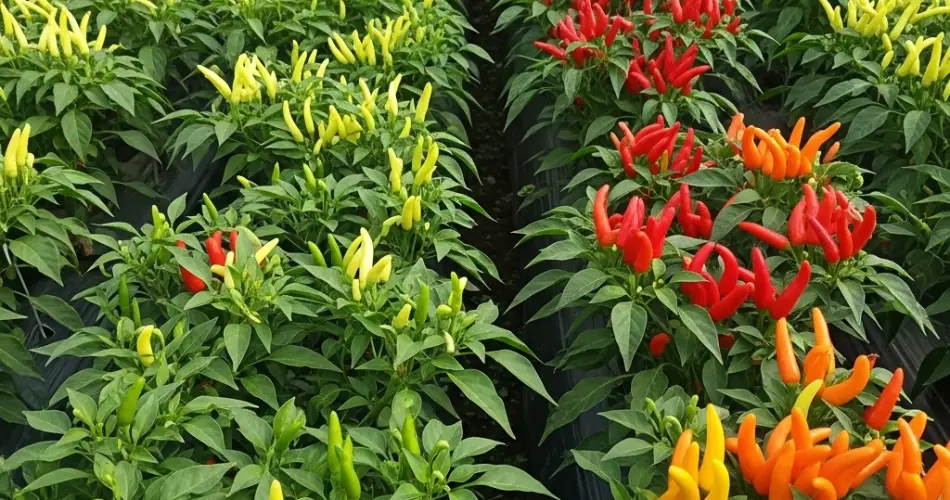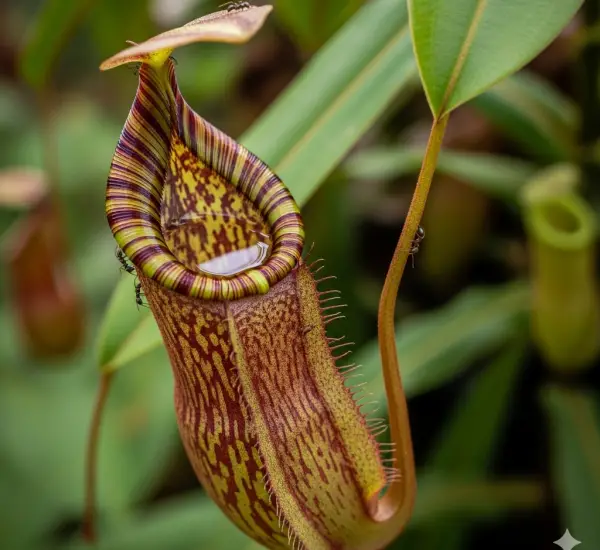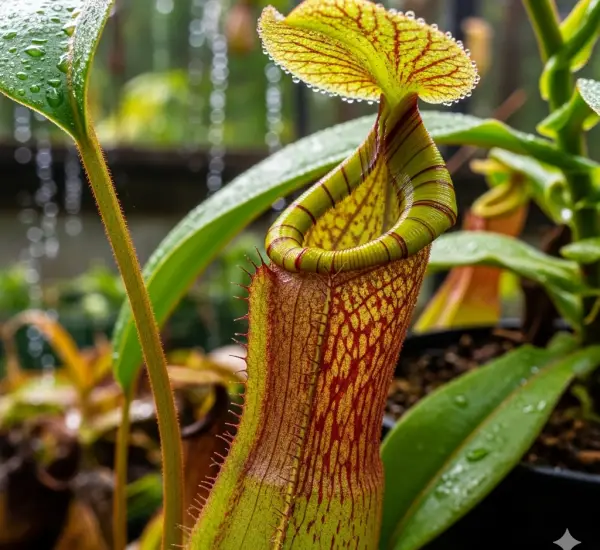Chili plants are a staple in many home gardens, prized for their fiery flavor, vibrant colors, and culinary versatility. Whether you’re growing mild jalapeños or scorching-hot habaneros, one key factor in producing healthy, productive chili plants is ensuring they get the right amount of sunlight.
Sunlight plays a major role in how well chili plants grow, bloom, and bear fruit. Too little sun can lead to spindly growth and low yields, while too much intense heat—especially in hot climates—can cause stress and even damage. So, how much sun do chili plants really need? Let’s break it down.
Ideal Sunlight Requirements for Chili Plants
Chili plants need full sun to thrive. This typically means they should receive at least 6 to 8 hours of direct sunlight each day. Some varieties, especially those with longer growing seasons or larger fruit, may benefit from up to 10 hours of sunlight daily.
Here’s how different levels of sun exposure affect growth:
-
6–8 hours of sun: This is the minimum required for healthy flowering and fruiting.
-
8–10 hours of sun: Encourages robust growth and higher fruit yields.
-
Over 10 hours (in very hot climates): Can cause heat stress if not managed properly.
The more sun your chili plant receives (within reason), the more energy it can use for photosynthesis, which directly fuels flowering and fruit development.
Why Sunlight Matters So Much
Sunlight is critical for a few specific reasons:
-
Photosynthesis: Sunlight fuels the plant’s ability to convert nutrients into energy, which promotes leaf, flower, and fruit growth.
-
Flowering and Fruiting: Chili plants require strong sunlight to initiate and sustain flowering—too little can delay or prevent fruit production.
-
Disease Resistance: Well-lit plants are generally healthier and less prone to mold, mildew, and rot, which thrive in damp, shady conditions.
-
Flavor Development: Sun exposure enhances the flavor and heat levels of chili fruits by helping concentrate natural compounds like capsaicin.
Sunlight Needs by Growth Stage
-
Seedlings (0–3 weeks): Young seedlings need bright, indirect light or grow lights. Direct outdoor sun can be too intense at this stage.
-
Transplanting stage (3–6 weeks): Gradually harden off plants by exposing them to increasing amounts of sun each day.
-
Vegetative growth (6+ weeks): Once established, chili plants thrive in full sun conditions and should be placed in the sunniest location available.
-
Flowering and fruiting: At this stage, consistent full sun is essential to encourage abundant blossoms and fruit set.
What If There’s Too Much Sun?
While chili plants love sunlight, intense sun in very hot climates (especially with temperatures over 95°F or 35°C) can lead to:
-
Sunscald: Pale, sunburned spots on fruits
-
Leaf curl or drooping: A sign of heat or water stress
-
Reduced fruit set: Flowers may drop if it’s too hot
How to protect plants in extreme heat:
-
Use a shade cloth (30–40% shade) during the hottest part of the day.
-
Water consistently, especially during fruiting, to keep plants from drying out.
-
Mulch around the base to keep soil moisture levels stable.
What If There’s Not Enough Sun?
Chili plants that don’t get enough sunlight often show these signs:
-
Leggy growth: Plants stretch toward light, becoming tall and weak.
-
Few or no flowers: Insufficient light slows flowering.
-
Poor fruit development: Smaller, less flavorful chilies.
Solutions:
-
Relocate container plants to a sunnier spot, such as a south-facing wall or balcony.
-
For in-ground plants, consider pruning nearby trees or shrubs that cast shade.
-
Use reflective surfaces (like white walls or garden foil) to increase light exposure.
Growing Chilies Indoors or in Low-Light Conditions
If you live in an area with limited sunlight or are growing indoors:
-
Use LED grow lights designed for fruiting vegetables.
-
Aim for 14–16 hours of light per day under artificial lighting.
-
Keep grow lights about 6–12 inches above the plants and adjust as they grow.
A full-spectrum light with both blue (for foliage) and red (for fruiting) wavelengths is ideal.
Final Tips for Sunlight Success
-
Rotate container plants regularly so all sides receive equal sun exposure.
-
Track your garden’s sun patterns—what’s sunny in the morning may be shaded by afternoon.
-
Monitor and adjust based on how your plants respond. Not every variety reacts the same way to light and heat.
Final Thoughts
Chili plants are sun-loving crops that reward you with bountiful harvests when they receive the right amount of light. Aim for 6 to 8 hours of direct sunlight daily, and take steps to protect plants from excess heat in very sunny climates. With proper light management, your chili plants will grow strong, produce abundantly, and deliver that signature heat and flavor that make them a favorite in the garden and the kitchen.



